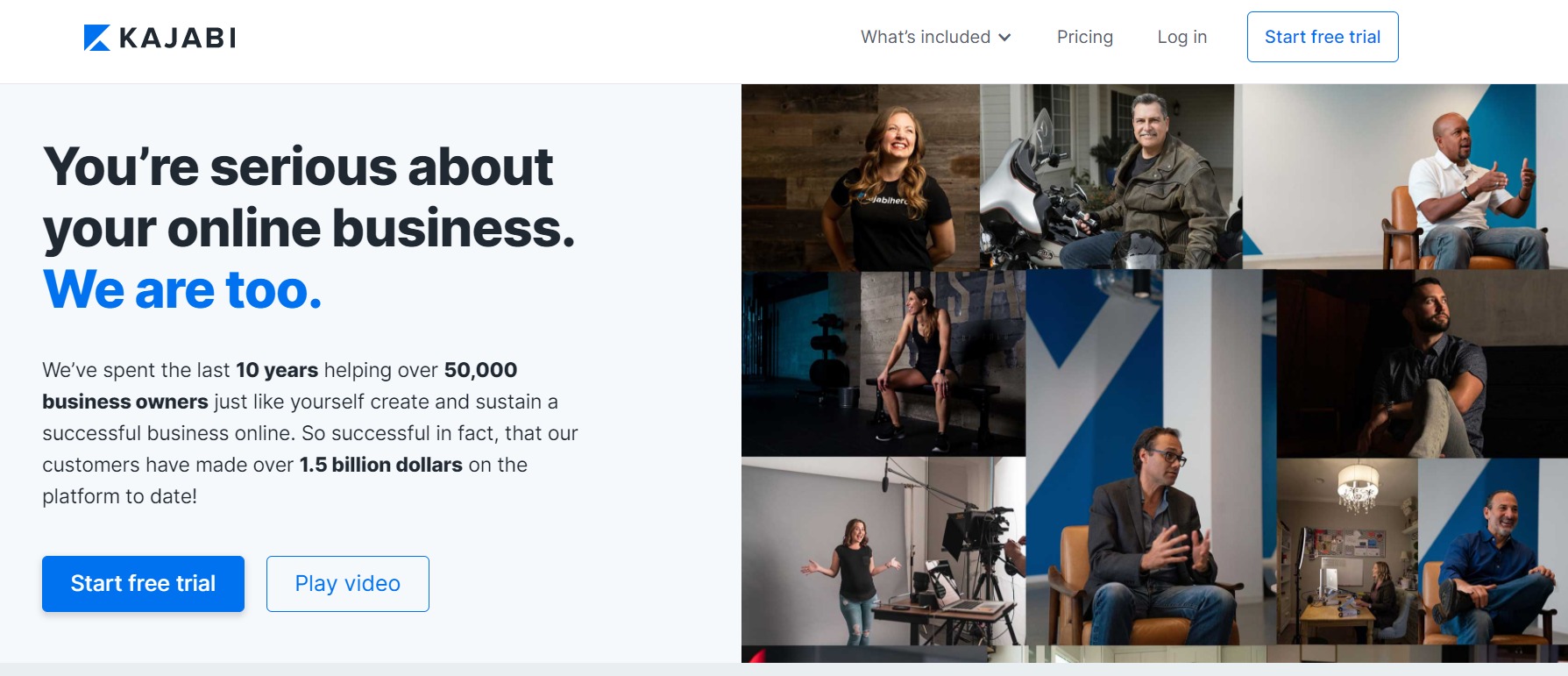A Guide To Designing An Online Course: The Essential Checklist You Need
What goes into designing an online course? Use this guide to make sure that your online course offers the best experience for your students.
Hi Trish Davies here and today it’s all about designing an online course.
Online learning is a hot trend right now. There are with millions of learners taking MOOCs, streaming video courses and signing up for e-learning platforms every day.
The demand for online learning has never been higher and the world of online education continues to grow. However, designing an online course isn’t easy.
There are a lot of things to consider when you’re creating an online course.
- Do you want it to be synchronous or asynchronous?
- Do you need to design activities that can be printed out?
- Are there any technical requirements that learners need in order to access your course?
- Do you want to integrate media files (images or videos) into your e-course so that learners can access them at their leisure?
These are just some of the essential considerations when designing an online course.
Designing An Online Course – Assess Your Audience & Course Content

There are many things to think about before designing your online course. You need to assess the needs of your target audience and their expectations for your course.
- What are their goals for taking the course?
- What information do they need to gain from the course in order to achieve their goals?
- Finally what specific skill do you want them to gain from the course?
You should also take a moment to consider the various skill levels of your audience. You may want to break down your course into different levels or even create multiple courses that target specific skill levels in your audience.
The you will have a better idea of the needs of your audience. Also the information they need to gain from your course, you can begin designing your course.
Decide On Your Learning Objectives
Learning objectives are measurable results that learners can achieve by taking your course. They can be used to determine if your course is effective and if learners are learning the things they need to.
When designing your online course, you should always keep learning objectives in mind.
It’s important to decide on learning objectives at a high level. Then break them down into smaller learning objectives that match the content of your course.
Once you’ve done this, you can begin designing your course to meet these objectives.
Choose The Right Format For Your Online Course
There are three main formats for designing an online course: synchronous, asynchronous, and blended learning.
Synchronous courses have a live component, where students and instructors interact in real time through video or audio. Synchronous courses are useful for live events or if learners need immediate feedback on their work.
Asynchronous courses are designed with a self-paced structure that allows learners to work at their own pace. Asynchronous courses are great for individuals who have busy lives or who need to take the course at their own pace.
Finally, blended courses combine the best aspects of both synchronous and asynchronous courses. Blended courses combine synchronous and asynchronous course elements.
This will create a hybrid course that provides the flexibility of asynchronous learning but with the benefit of immediate feedback from instructors.
You can also provide course materials in printable formats so that learners can access them when they don’t have access to the online course.
Select The Right Platform For Your Online Course
There are many e-learning platforms for designing an online course. You can use platforms like Moodle, Teachable, or Kajabi. Or you can create your own custom platform using a software like Drupal or WordPress.
Before you select a specific platform, you should consider the following:
- What are the technical requirements of the platform?
- What level of support is available if you need assistance with the platform?
- How easy is the platform to customize to suit your needs?
- What are the costs associated with using the platform?
Design Your Activities & Assessment Tasks
Once you’ve designed your course, it’s time to start designing the activities and assessment tasks that will be included.
You can include activities that have a “real-world” component, like giving learners assignments. Assignments that allow them to apply the course content to their lives.
Or even giving them a chance to create something relevant to the course content through a project or assignment. You can also use design activities that encourage critical thinking (like quizzes and assessments).
You can even design activities that allow learners to interact with each other. Think about creating forums or discussion boards that allow them to socialize with other course participants.
Designing An Online Course – Conclusion
Designing an online course is a lot of work, but it can be incredibly rewarding. Before you get started, make sure you’re equipped with the essential checklist of things to consider when designing an online course.
You may also want to check out the guides listed above to help you design a more effective course.
For more information on designing an online course check out my free training program called Build Your AU.
Register for the program here.
Helping you build your authenticity, authority and audience.
Trish Davies
![]()
Build Your AU



Recent Comments